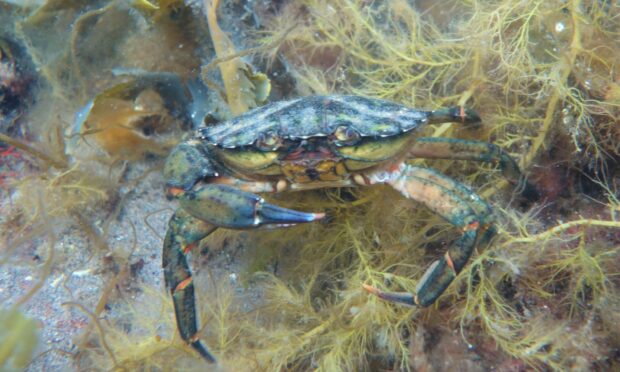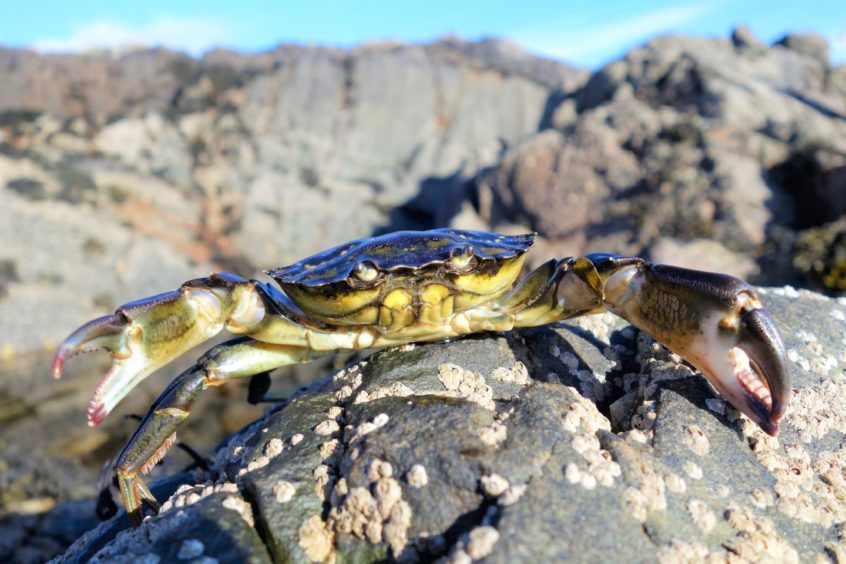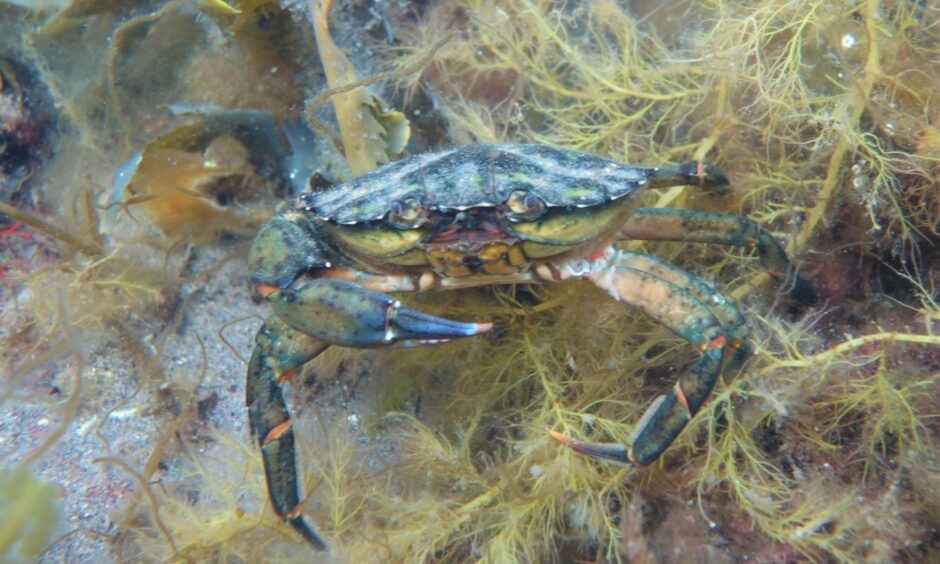I recently spent a week in Assynt near Lochinver and for me, one of the joys of the area is taking to the water to marvel at the underwater life in the numerous sea lochs and bays.
I have a love-hate relationship with one loch I occasionally go snorkelling in.
On the positive side, it has thrown up before my eyes many unusual sea creatures over the years, including poisonous lesser weever fish and mysterious pipefish, which are related to seahorses.
The downside is that the freshwater that flows into this sea loch from a nearby river results in the underwater visibility often becoming blurry.
Water of different salinities form distinct layers, a bit like olive oil on vinegar, and when the two layers are mixed, such as by the movement of a snorkeller, the visibility diminishes into a strange, unfocussed world. In technical terms, the interface between these layers is called a halocline.
As such, I usually snorkel in other nearby sea lochs.
Nonetheless, I decided one day to plunge into this loch, and was soon immersed within its ethereal beauty.
Abundance of life
There was life everywhere, most notably an abundance of green shore crabs, which are of fundamental importance to our inshore marine environment, a double act of being vital seabed scavengers while also being food for so many other creatures.
Larger fish such as cod will prey upon these crabs when they have moulted and are in their temporary soft-shelled stage – peelers as they are known. Juvenile crabs, as planktonic larvae, are avidly devoured by small fish.
In the shallower parts of this loch, the most prolific creatures were tiny semi-transparent mysid shrimps with long proboscises and hump-back bodies, which are sometimes known as opossum shrimps.
Like crab larvae, they are eaten by numerous creatures. In effect, I was swimming through an underwater food factory – a nursery area for fish and other animals, and the reason inshore waters are so crucial to such a wide variety of marine creatures.Then, a silvery cloud swept past my facemask – sandeels – hundreds of them, a huge glittering shoal.
I followed the sandeels, which sometimes disappeared in the haze created by the disturbed halocline, but then miraculously appeared again.
These sandeels were astounding to watch, a vast silvery conglomeration of glistening life, which out of curiosity often swerved close by me, their flanks glinting under the sunshine from the sky above.
Sandeels are the ‘bread-and-butter’ sustenance for many sea creatures, providing an oil-rich, nutritious food source avidly devoured by puffins and fish such as mackerel.
I followed the sandeels for a while longer, completely entranced by the perfect synchronisation of their movement.
They swung past me once more, before suddenly disappearing into a blur of impenetrable water – the halocline had reared its ugly head once more.
The water soon cleared, but this time there was no more sign of their silver-gilded forms – the sandeels had gone, but my mind was still reeling from this wonderful encounter with these truly special creatures.
INFO
Sandeels feed on planktonic creatures. They hibernate in winter by burying themselves into sand, emerging again in the spring. There are three sandeel species in Scottish waters.












